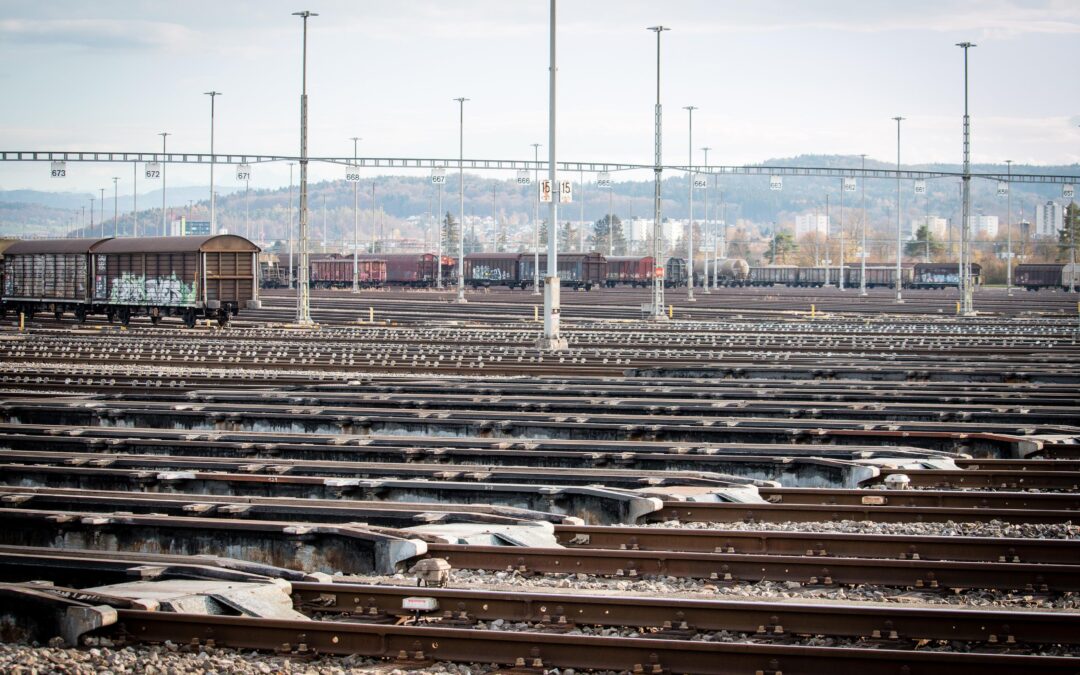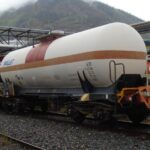In 2018, the VAP, together with SBB Cargo and the Association of Public Transport (VöV/UTP), founded the Swiss Wagonload Transport Interest Group – IG WLV Schweiz for short. This blog post kicks off a series of posts that provide answers to such and similar questions: What do the stakeholders want to achieve? What were the triggers and foundations? Where do we stand today? What are the potential benefits for VAP members?
How it all began
According to the press release «Outsourcing of SBB Cargo should bring more competition» of the Committees for Transport and Telecommunications (TTC) of January 2017, they agreed to the draft bill «Organisation of the Railway Infrastructure» (OBI, in german) of the Federal Council. However, the KVF proposed to their councillors by 14 votes to 11 that the draft be referred back to the Federal Council and revised in some points. Among other things, SBB Cargo should be outsourced in a holding structure in order to achieve more competition and strengthen freight transport in this way. In addition, the KVF recommended that system leadership should also be regulated for freight transport.
This was the birth of IG WLV, so to speak. In addition, Article 3a of the Freight Transport Act (GüTG) (in german) was amended during the consultations on OBI. According to this, the actors in rail freight transport are to jointly develop guidelines for achieving the goals of the GüTG. For example, in favour of technical innovations, efficiency improvements in production processes or for improved integration of rail freight transport into the logistics economy.
Strong wagonload traffic, satisfied customers
The interest group aims to promote the further development of wagonload traffic in Switzerland. In the common interest, it pursues the goal of providing the services of the railway system more effectively and efficiently and thus enabling a self-sustaining and sustainable development of rail freight transport in the sense of the GüTG. The system of wagonload traffic is to be aligned with the strengths of the railway and the needs of the customers and is to be regarded as an integral part of the overall logistics. Both rail providers and customers should benefit equally from its economic viability and reliability.
Exchange of information and planning for the future
Since its foundation, the stakeholders of IG WLV have exchanged views on various topics in board meetings. In addition, in regular workshops they shed light on the concrete challenges and hurdles of the railway system, such as the development possibilities in single wagonload traffic or the reasons why customers are dissatisfied with the current situation. The IG WLV is currently working on a joint concept with directions and corresponding goals as well as concrete measures for the coming years.
A lot planned, a lot to do
Whether customers, politicians or dialogue groups: Overall, the expectations of the IG WLV are high. VAP General Secretary Frank Furrer talks about the current state of developments in an interview with the transport workers’ union. The road from a declaration of intent to concrete results is long and rocky. The IG WLV wants to smooth this path so that customers can count on a better railway system and politicians recognise the added value of increased efficiency and cooperation.



